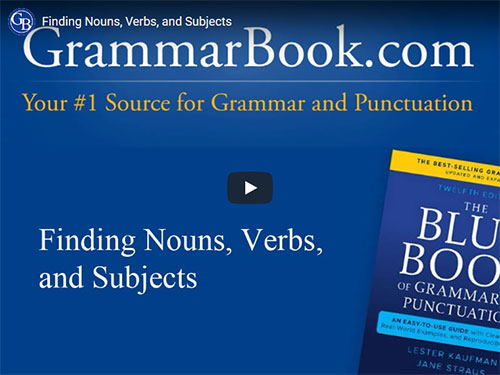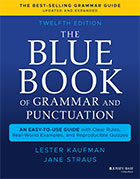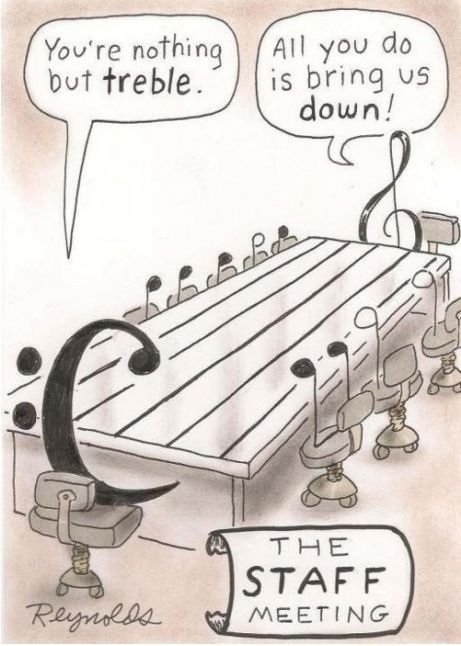|
Those who study the art of composition are likely to hear references to mood and tone along the way. The terms may seem or sound synonymous, but they identify different aspects of substance in writing.
If you're looking to further develop the style and impact of your writing, particularly as emotional depth is concerned, you can benefit by considering mood and tone separately. In today's discussion, we'll do just that.
Understanding Mood in Writing
The mood of a composition is the overarching effect being aimed for and conveyed. A horror book is meant to be scary, a humorous book should be funny, and a drama might be suspenseful. These are all big impressions that last from one character or story arc to another.
The longer or more significant a piece of writing is, the more thought you should give to the mood that is being expressed.
Understanding Tone in Writing (Slightly Different from Mood)
The tone of your writing is more akin to a specific voice or message style. In fact, tone might differ from one character, chapter, or subject to the next. It has to do with word choices and language patterns that identify and tell something about the individual or narrator expressing them.
Consider the following sentences:
"It's raining outside."
"Heavy precipitation is expected to continue through the evening."
"It's pouring down buckets of slush."
"I'd need a submarine to get back home in this weather." |
Each statement offers the same basic information, but it also has a distinguishing viewpoint behind it.
Here's another way you might look at compositional tone: If mood is the cake, tone is the icing that can change the taste or flavor on different pieces depending on how and where you apply it.
Mood vs. Tone: Bringing Them Together
Although it's easy to think of mood vs. tone as separate discussions, it's best to think of them as working in tandem. You will often have mood and tone working together (e.g., an official tone in a government report, which typically has a formal, serious mood). However, in some cases you can create contrast or creative tension by mismatching the two, such as by featuring a funny, laid-back character in a dark or scary piece of fiction.
What matters most is not that you follow a particular rule, but that you are conscious of the mood and tone you are applying to achieve your composition's desired effect. As long as both fit your intended style and your audience, you are likely using them well.
|
View and comment on this
article on our website.
|
|
|

|
 |
The Blue Book of Grammar and Punctuation
by Lester Kaufman and Jane Straus |
The Authority on English Grammar! Twelfth Edition Now Available
An indispensable tool for busy professionals, teachers, students, homeschool families, editors, writers, and proofreaders.
Available in print AND as an e-Book! Over 2,000 copies are purchased every month!
To order the book, simply click the link to order the book from the GrammarBook.com website.
|
Free BONUS Quiz for You!
[[firstname]], because you are a subscriber to the newsletter, you get access to one of the Subscribers-Only Quizzes. Click here to take a Clauses and Phrases Quiz and get your scores and explanations instantly!
We will be adding many more quizzes this year to our already substantial list of them. If you have suggestions for topics we have not yet covered, please send us a message at help@grammarbook.com.
|
Hundreds of Additional Quizzes
at Your Fingertips
Subscribe now to receive hundreds of additional English usage quizzes not found anywhere else!
Teachers and Employers
Save hours of valuable time! You may assign quizzes to your students and employees and have their scores tallied, organized, and reported to you! Let GrammarBook.com take the hassle out of teaching English!
"Fun to test my skills."
"The explanations really help ... thanks!"
"I can select the quizzes to assign to my students, and then the results are reported to me automatically!"
If you think you have found an error in a quiz, please email us at help@grammarbook.com
|
Wordplay

|
 |
English in a Snap:
68 One-Minute English Usage Videos FREE |
Learn all about who and whom, affect and effect, subjects and verbs, adjectives and adverbs, commas, semicolons, quotation marks, and much more by just sitting back and enjoying these easy-to-follow lessons. Share them with your colleagues (and boss), children, teachers, and friends as well! Click here to watch.
|
|





